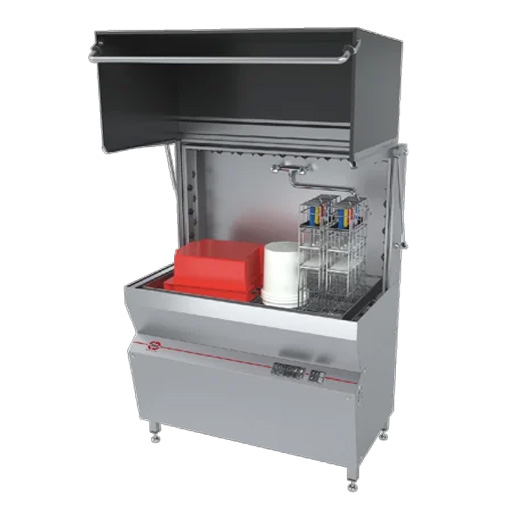Ensuring the health and safety of workers in industrial environments is not just a legal duty but a moral imperative. The design of industrial hygiene equipment plays a pivotal role in fulfilling this responsibility. Good design can significantly enhance the effectiveness of safety measures, directly impacting worker health and operational efficiency. In Oakville, ON, where industries thrive on innovation and precision, understanding how design integrates into safety equipment is crucial.
**Ergonomics and User Safety**
One of the foremost elements in the design of industrial hygiene equipment is ergonomics. The goal is to create tools and machines that conform to the user, not the other way around. Ergonomic design helps in minimizing the risk of injury and enhancing the comfort of workers during their operations. This approach includes:
- Adjustable components that cater to different body types.
- Intuitive controls that reduce learning time and errors.
- Lightweight materials to prevent strain during long shifts.
By focusing on these aspects, equipment manufacturers can significantly reduce workplace accidents and associated costs.
**Efficiency and Effectiveness**
The efficiency of an operation often hinges on the effectiveness of the tools used. Industrial hygiene equipment designed with efficiency in mind ensures that safety procedures do not interfere with productivity. For instance, air filtration systems that are designed to operate with minimal noise and energy consumption not only contribute to a safer workplace but also reduce overhead costs.
Similarly, the effectiveness of safety equipment in capturing contaminants, controlling exposures, and ensuring clean breathing air directly correlates with its design quality. Advanced designs incorporate smarter, more adaptive technologies that can deal with a range of environmental challenges, ensuring compliance with health standards without compromising on performance.
**Maintenance and Sustainability**
An often overlooked aspect of equipment design is ease of maintenance. Industrial hygiene equipment that is easy to clean, repair, and upgrade extends its life and enhances its functionality. Sustainable design also considers the environmental impact of the equipment:
- Use of recyclable materials.
- Energy-efficient operations.
- Reduced waste generation.
This not only helps industries meet their environmental responsibilities but also reduces costs through better energy efficiency and fewer material requirements.
**Customization and Adaptability**
No two workplaces are identical, and the ability to customize hygiene equipment to suit specific operational needs is invaluable. From adjustable airflow in ventilation systems to modular parts that can be replaced or upgraded as needed, adaptable design ensures that equipment can evolve alongside changing industry practices and regulations.
In conclusion, the design of industrial hygiene equipment is not just about compliance or functionality. It’s about creating an environment where safety and efficiency coexist seamlessly, fostering a culture of health and productivity. For businesses in Oakville, ON, investing in well-designed industrial hygiene solutions is investing in their most valuable asset: their workers.
Need Expert Guidance on Industrial Equipment?
If you’re looking to enhance your workplace safety and efficiency with top-tier industrial hygiene equipment, don’t hesitate to reach out. Call us at (905) 847-0122 for personalized assistance and solutions that meet your specific needs.

